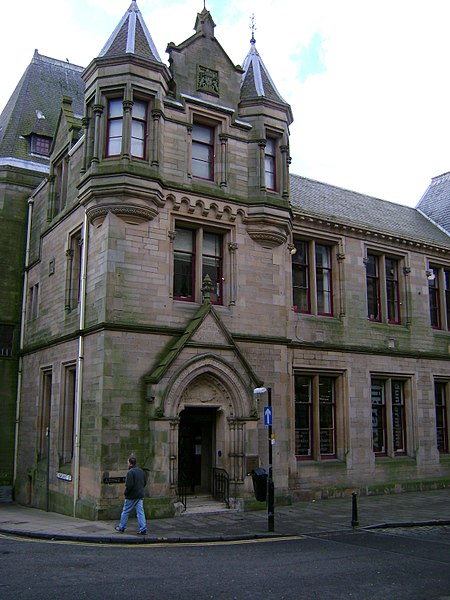 |
| photo from http://www.edinburgh-scotland.net/galleryEHnewtown1.htm |
After lunching at the
Elephant House the birthplace of Harry Potter, we went to the
Central Library of Edinburgh. Edinburgh has been named by UNESCO as the city of literature and this main branch is its heart. Began with a donation from Andrew Carnegie, the Central Library has grown to over 850,000 items. This collection includes the usual suspects of a main branch library but it also had a separate space, 2 levels dedicated to everything Scotland, and everything Edinburgh. This special reference space was dedicated to the history and culture and people of Edinburgh and Scotland. Many people use the reference here and across the street at the National Library of Scotland to do family history searches. They have implemented a Web 2.0 and virtual library across the system to reach rural areas and house bound patrons as well as bring access to the people. It has brought in more patronage and been able to reach more users in finding resources the library can offer. They have launched a digital project called "Your Edinburgh" and it's a community website of the heritage of Scotland in images. Patrons can browse and order prints any time. Their Reader Advisory program not only promotes famous authors but rather emerging authors from Edinburgh and Scotland. Patrons can easily reach out and speak and discuss the authors books during the book readings and promotions. Many of these are held in outlying branches since not everyone is able to get to the central branch. The librarians we met here imparted a great sense of community commitment and development I much respect and admire. They are very proud of their library and what they do.




